It’s been a hard week for those who care about diversity and
equity. I am scared and I am scared about even posting this blog. But I can’t erase 30 years of my professional
experience and values. We are at a critical juncture. If we don’t seek to understand
what is actually happening and oppose it, people will be hurt and we will be well
on the road to throwing out our democratic processes. Recently, I have had several interactions in which people seem to be misunderstanding what the recent actions are, in addition to what
DEIA is. This post seeks to illuminate
the issue.
In the past week, President Donald Trump has issued executive
orders or taken other actions covering civil rights, diversity, equity, inclusion
and accessibility. Some fall within his authority while others do not under our
current system of government/law.
On Trump’s first day of his second term, he issued an
executive order entitled, “Ending
Radical and Wasteful Government DEI programs and preferences.” This order directs
the “termination of all discriminatory programs, including illegal DEI and ‘diversity,
equity, inclusion, and accessibility’ (DEIA) mandates, policies, programs,
preferences, and activities in the Federal Government, under whatever name they
appear.” Trump has broad authority to set direction for the executive
branch of the federal government, but the description of programs as illegal is
questionable since programs to remedy discrimination have generally been acceptable
under federal civil law for a long time.
Unfortunately, emails have been sent to many
federal workers encouraging
them to report their co-workers working on DEIA, which is downright
terrifying. The Ending Radical order does
not contain a mandate to nonprofits or corporations and these organizations should continue to publicly share their values supporting diversity
efforts. Laws like the Americans with Disabilities
Act and related statutes that require government and other institutions to make
their building and services more accessible to people with disabilities are
still on the books.
Another executive order Trump
issued ended affirmative action requirements for government
contractors. These requirements were established
by President Lyndon Johnson in 1965 through Executive Order 11246
. In my home state of Minnesota, similar requirements are codified in state
law. This represents a significant change to federal contracting. Most other remedies
under federal and state civil rights laws are complaint based and this removes
a tool encouraging business to take proactive steps to end discrimination. I am
deeply disappointed in this, but Trump has the authority to end this program. However,
non-discrimination laws like the Civil Rights Act of 1964 and the ADA still
stand.
I am personally troubled by Trump’s designation of Andrea Lucas
as acting head of the Equal Employment Opportunity Commission. She has voiced
concern about corporate DEI programs. But
again, given the lack of changes in the law, it is still an open question as
far as I am concerned about whether corporations need to end these
pre-emptively. Large corporations often have the capacity and resources to
handle EEOC complaints and I am disturbed that many are capitulating ahead of
time.
I have also seen major mischaracterizations of what DEIA actually
is and who it benefits. It encompasses both civil rights laws and more
general education and actions to make sure organizations are serving everyone.
When I worked at the Minnesota Department of Human Rights, disability
discrimination was the most common basis for complaints. We are all a car accident or a couple
decades away from a disability. When it comes to physical accessibility, ramps
help our grandparents who use walkers get into libraries. They also help people
without physical disabilities like parents with strollers. Likewise, anti-discrimination
protections based on race strengthen those protections for people with disabilities.
When I was a diversity coordinator at another state agency,
I hosted or conducted learning opportunities for all staff. I organized
sessions on veterans in the workplace, issues facing rural Minnesota, understanding
one’s own culture, working across cultures, treaty rights, gender, gender
identity and sexual orientation, ability/disability, and religious diversity. We also addressed systemic oppression because
it is simply our country’s history.
Black and Indigenous people have had their land, labor and culture taken
and we need to acknowledge that honestly.
Many other groups have also not been afforded equal rights and opportunities.
Through these learning sessions, we covered issues affecting a wide range of
our employees and the people we served.
When it came to hiring, I have never encouraged anyone to
hire people who weren’t qualified. I’ve been a manager – it’s not in my personal
interest to hire unqualified staff because that is more work for me. However, I did encourage reflection because studies
demonstrate that when researchers test resumes with similar qualifications, Black
people are still at a disadvantage. When it comes to workplace accommodations for people
with disabilities, many are simple. In
my experience, accommodations often include things like stools, lighting,
written instructions and bigger computer monitors. C'mon people, really we can’t
offer these accommodations to make it possible for more people to work effectively?
In our country’s history, there has often been a backlash to
efforts to expand rights and opportunities for the marginalized. DEIA has basically become a bugaboo. But when
you understand it more deeply, you realize that DEIA benefits society as a whole.
Losing these efforts will harm us and it’s
up to us to state our values and take a stand.
p.s.
I put this on my crafting blog, because I don’t have the
energy to set up a new blog right now. Please do take care of yourself
during these times. Upcycling a way that I keep sane.
%20v3.png)
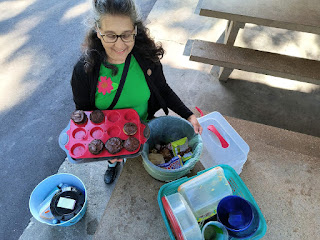


.png)






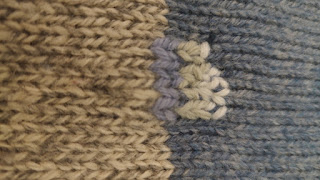
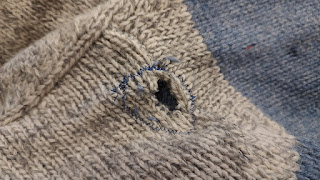
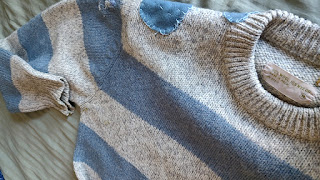

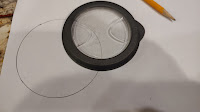
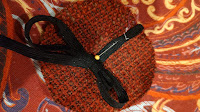



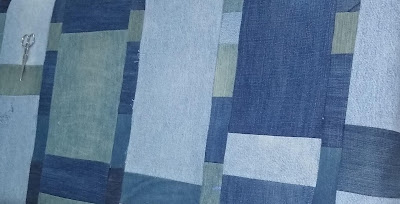
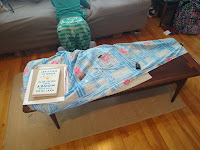


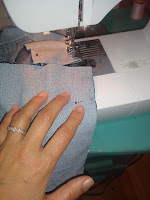
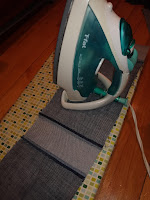
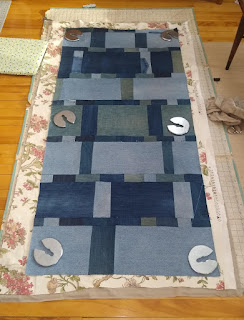




%20v3.png)
